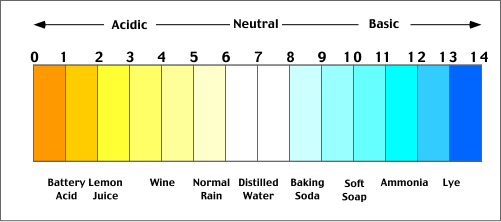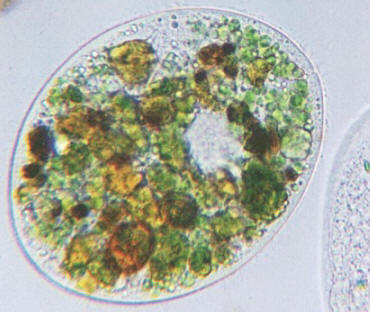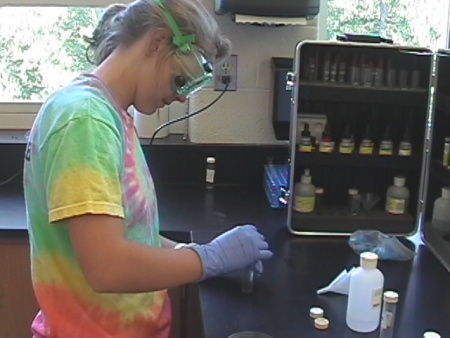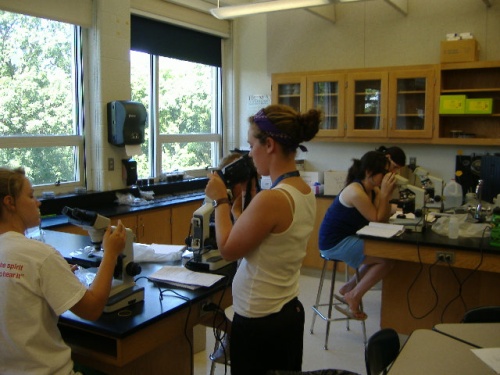INTRODUCTION
|
|
Soil protozoa are single-celled animals that survive by eating bacteria, fungi, organic materials, and sometimes other protozoa. When they consume bacteria, they release nitrogen, in the form of nitrite (which gets processed into nitrate), into its surrounding soil, so if there are a lot of protozoa in an area, there will also be a lot of nitrate. High levels of iron and low levels of chloride generally are associated with large amounts of protozoa too. pH can also affect the amount of protozoa. A near perfect pH between 6.5 and 8.5 would be suitable for protozoa because anything too much higher or lower than that would be almost too acidic or basic for any organism to be alive. Also, an environment with water tends to have a lot of protozoa because they move in water.


After biota surveys were taken from the sites in the backwoods,
we came across something puzzling. The chemical tests that were
performed on Site 4 proved that it had the perfect conditions
for a lot of protozoa to be there (pH of 7, high iron level, low
chloride); but in actuality, Site 4 had the least amount of
protozoa compared to the other sites. With this information, we
determined that there had to be another factor contributing to
the small amount of protozoa.
  |
After further research, we
learned that oxygen can also determine the amount of protozoa in
an area. With oxygen, there can’t be too much oxygen because it
is very dangerous to the protozoa. There can’t be a small amount
either because then the protozoa won’t have enough to continue
with their normal metabolic activity. Protozoa can only live in
an environment with not too much, but not too little oxygen.
Since we did not test for the oxygen levels in Site 4, we
hypothesized that the soil in Site 4 had too much oxygen.
